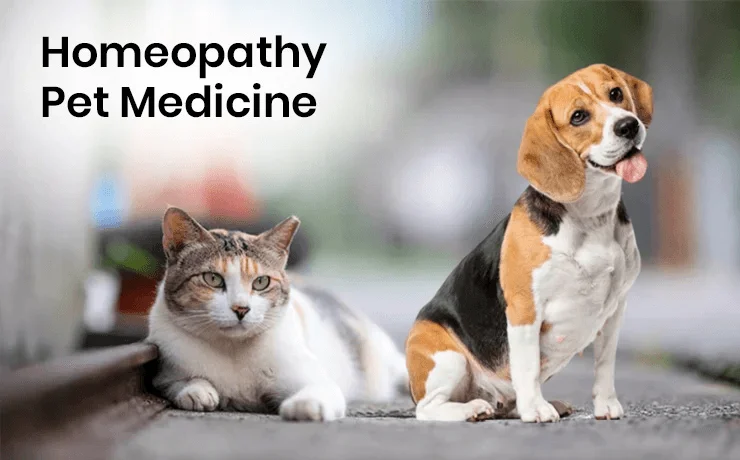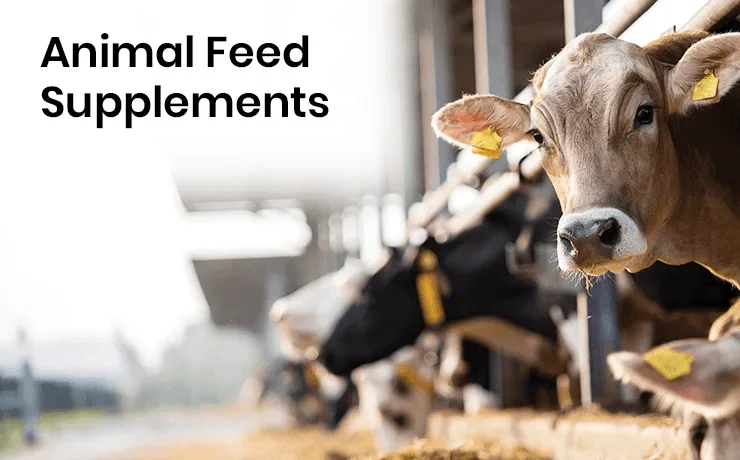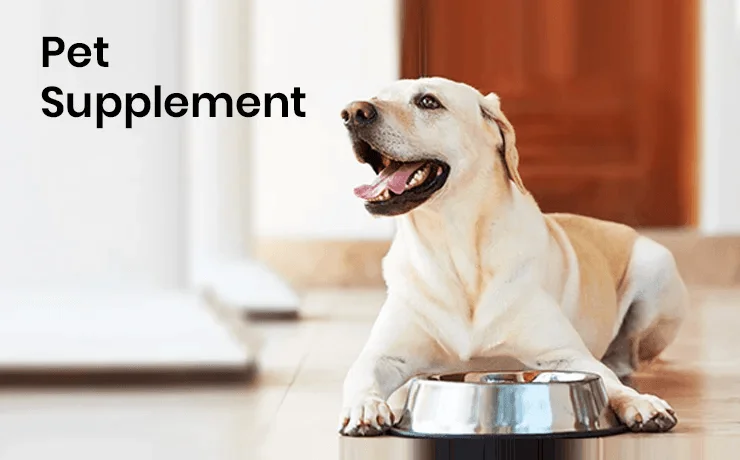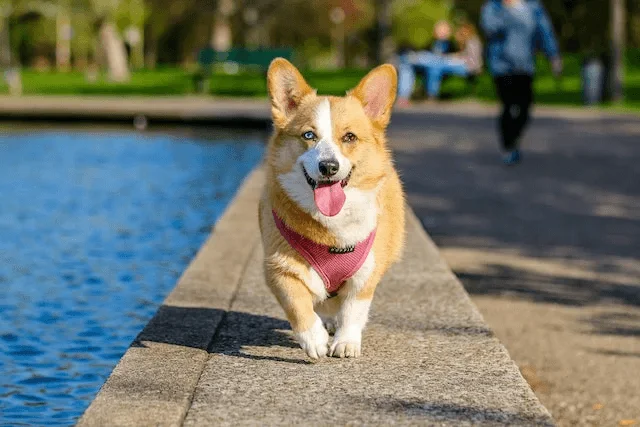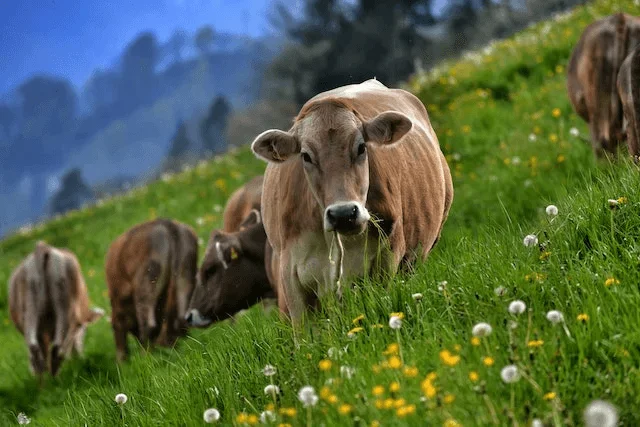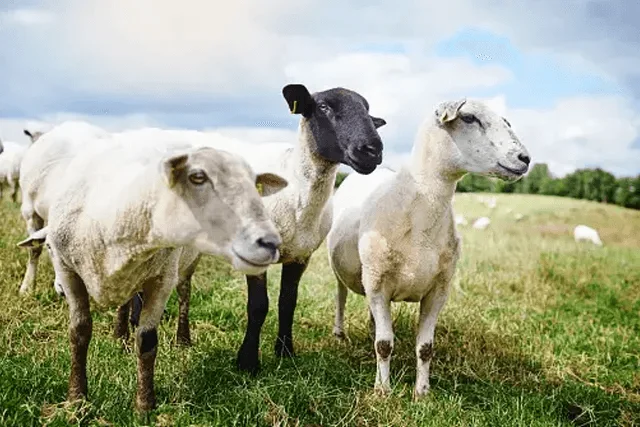Joint Pain in Pets During Monsoons: Causes, Symptoms, and Care
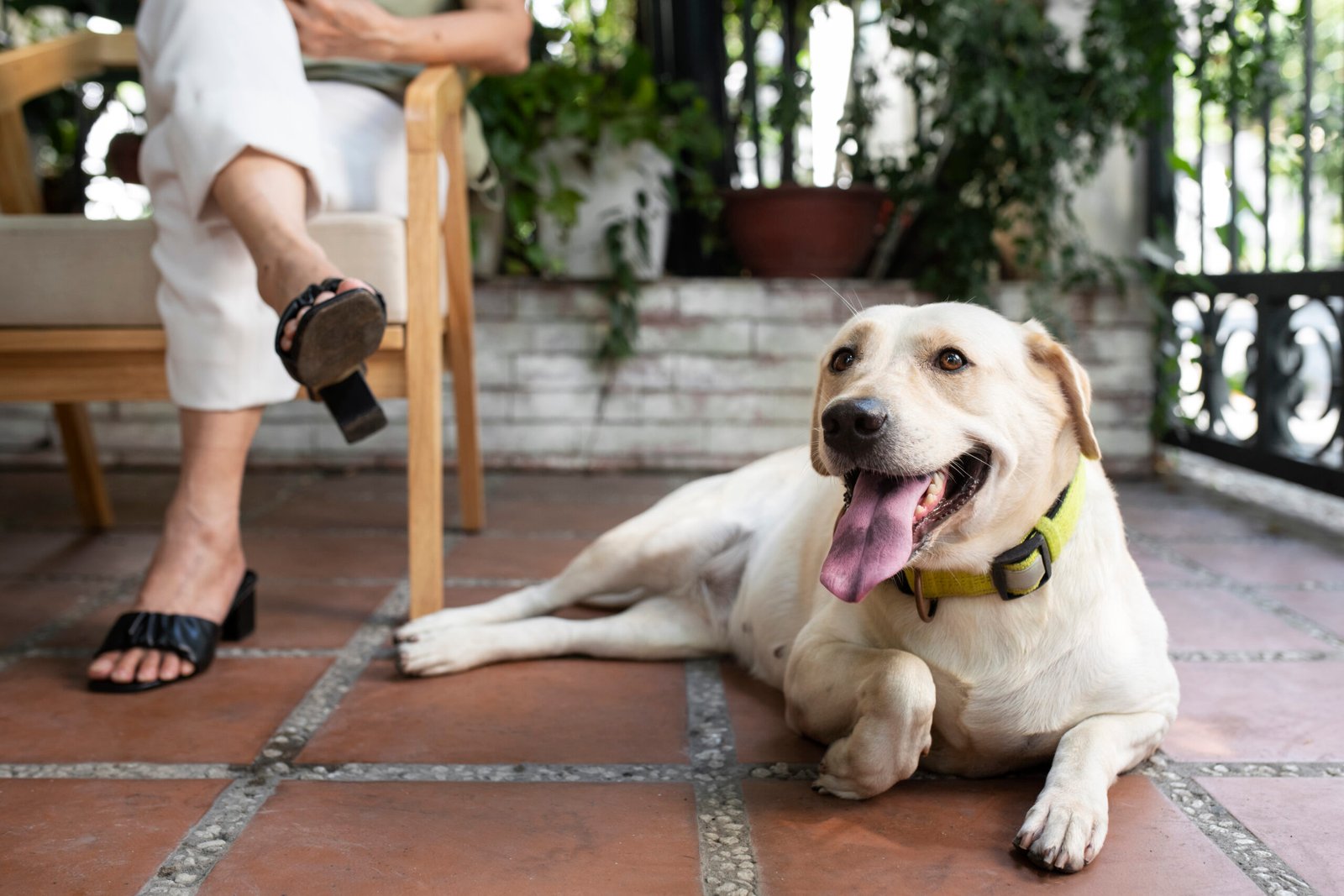
Monsoon season brings relief from the scorching heat, but it also brings challenges for our furry companions. One of the significant issues pets face during this period is joint pain. Understanding the causes, recognizing the symptoms, and knowing how to care for pets suffering from joint pain can make a huge difference in their comfort and overall well-being.
Causes of Joint Pain in Pets During Monsoons
Humidity and Dampness:
Impact on Joints: The increased humidity and damp conditions during monsoons
can exacerbate joint pain in pets, especially those with pre-existing conditions like
arthritis. Moisture can penetrate the joints, leading to inflammation and
discomfort. Just as humans with arthritis feel worse in damp weather, pets can
experience similar symptoms.
o Inflammatory Response: High humidity can cause swelling in the joint tissues,
making movement painful and difficult for pets.
Temperature Fluctuations:
Effect on Synovial Fluid: Sudden changes in temperature, common during
monsoons, can affect the synovial fluid in joints, which acts as a lubricant. When
the fluid becomes less effective due to temperature fluctuations, joints can
become stiff and painful.
Thermal Stress: Rapid shifts from warm to cool environments can stress the
body, potentially worsening joint pain.
Reduced Physical Activity:
Limited Outdoor Time: Monsoons often limit outdoor activities due to rain and
wet conditions. Pets, especially those used to regular exercise, may become less
active, leading to weight gain and muscle atrophy. Both of these factors increase
strain on the joints.
Muscle Weakness: Regular movement is crucial for maintaining muscle strength,
which supports the joints. Reduced activity can lead to weaker muscles and more
stress on the joints.
Slippery Surfaces:
Increased Risk of Falls: Wet and slippery surfaces are common during the
monsoon season, increasing the risk of slips and falls. Injuries from such falls can
cause or exacerbate joint pain.
Protective Measures: Ensuring safe, dry areas for your pets to walk and play can
help prevent these injuries.
Symptoms of Joint Pain in Pets
Recognizing the signs of joint pain in pets is crucial for early intervention and treatment.
Common symptoms include:
1. Limping or Lameness:
Altered Gait: Pets may favor one leg over another, indicating pain in a specific
joint. Observing your pet's walk can reveal subtle signs of discomfort.
o Intermittent Limping: Limping might not be constant; it can occur
intermittently, especially after periods of rest or intense activity.
2. Stiffness:
Morning Stiffness: Stiffness, especially after rest, is a common sign of joint pain.
Pets may take longer to get up after lying down, showing difficulty in their initial
movements.
Decreased Flexibility: Watch for decreased flexibility or reluctance to engage in
activities they previously enjoyed.
3. Reluctance to Move:
Avoiding Activities: Pets may be unwilling to climb stairs, jump, or play as they
normally would, indicating joint discomfort.
Resting More: Increased resting periods and a lack of interest in walks or
playtime are red flags.
4. Behavioral Changes:
Increased Irritability: Pain can lead to irritability or aggression, especially when
the affected area is touched.
Lethargy and Depression: Reduced activity levels and a lack of enthusiasm for
daily activities can signal discomfort.
5. Swelling:
Visible Swelling: In some cases, the affected joints may appear swollen or feel
warm to the touch. This physical sign is often accompanied by other behavioral
symptoms.
Caring for Pets with Joint Pain During Monsoons
1. Comfortable Resting Areas:
Orthopedic Beds: Ensure your pet has a warm, dry, and comfortable resting area.
Orthopedic beds can provide extra support for aching joints, reducing pressure
points and improving comfort.
o Dry and Warm Environment: Keep your pet’s sleeping area dry and warm,
away from drafts and dampness.
2. Regular Exercise:
Indoor Activities: While outdoor activities might be limited, try to maintain a
regular exercise routine indoors. Gentle exercises like controlled walks,
stretching, and low-impact games can help keep joints flexible and muscles
strong.
Moderate Intensity: Avoid high-impact activities that can strain the joints
further. Focus on moderate, consistent exercise.
3. Weight Management:
Balanced Diet: Monitor your pet’s weight and provide a balanced diet to prevent
excess weight, which can put additional stress on the joints. Consult your vet for
dietary recommendations suitable for pets with joint pain.
Portion Control: Adjust portion sizes to maintain a healthy weight, avoiding
obesity that exacerbates joint issues.
4. Massage and Physiotherapy:
Professional Guidance: Gentle massage and physiotherapy can help alleviate
joint pain and improve mobility. Consult with a veterinarian or a certified animal
physiotherapist for appropriate techniques and exercises.
Home Techniques: Learn simple massage techniques to provide comfort at home, ensuring you’re not causing additional pain.
5. Joint Supplements:
Nutritional Support: Supplements containing glucosamine, chondroitin, and
omega-3 fatty acids can support joint health. Always consult with your vet before
starting any new supplements to ensure they’re appropriate for your pet.
Regular Administration: Consistent use of supplements can help maintain joint
function and reduce pain over time.
6. Hydrotherapy:
Low-Impact Exercise: Hydrotherapy can be particularly beneficial for pets with
joint pain. The buoyancy of water reduces stress on the joints while allowing for
gentle exercise.
Professional Facilities: Consider taking your pet to a professional hydrotherapy
center where they can benefit from structured sessions.
7. Medications:
Pain Management: In cases of severe pain, your veterinarian may prescribe anti-
inflammatory medications or pain relievers to help manage symptoms. Follow the
vet’s instructions closely to avoid side effects.
Regular Monitoring: Regular check-ups are necessary to monitor the
effectiveness of the medication and make adjustments as needed.
8. Regular Veterinary Check-Ups:
Ongoing Care: Regular visits to the vet are essential to monitor your pet’s joint
health and adjust treatment plans as necessary. Early detection of joint issues can
lead to more effective management.
Customized Plans: Your vet can provide a tailored care plan based on your pet’s
specific needs and condition.
Preventive Measures
1. Avoid Slippery Surfaces:
Safe Flooring: Ensure that your home’s flooring is safe for your pets. Use mats or
carpets to prevent slipping, especially in areas where your pet frequently walks or
plays.
Non-Slip Mats: Place non-slip mats in areas prone to getting wet, such as near
entrances and around water bowls.
2. Maintain a Dry Environment:
Dehumidifiers: Keep your pet’s living area dry and free from dampness. Use
dehumidifiers if necessary to reduce humidity levels indoors, creating a more
comfortable environment for your pet.
Proper Ventilation: Ensure proper ventilation to avoid mold and mildew, which
can worsen joint pain.
3. Protective Gear:
Raincoats and Booties: Consider using pet raincoats and booties to keep your pet
dry during walks in the rain. This protective gear can prevent them from getting
wet and cold, which can aggravate joint pain.
Comfortable Fit: Ensure that the gear fits well and does not restrict movement,
adding to your pet’s comfort.
4. Balanced Diet:
Nutrient-Rich Foods: A diet rich in essential nutrients supports overall health
and joint function. Include foods high in antioxidants and anti-inflammatory
properties to help reduce joint inflammation.
Consultation with Vet: Work with your vet to create a diet plan that meets your
pet’s specific needs, promoting joint health and overall well-being.
Conclusion
Joint pain in pets during monsoons is a common issue that can significantly impact their quality of life. By understanding the causes and symptoms, and by taking proactive measures to provide care and comfort, you can help your furry friend navigate this season with ease. Always consult with your veterinarian for personalized advice and treatment options to ensure your pet stays healthy and happy, even during the rainy season. With continued exploration and validation, veterinary homeopathy holds the potential to significantly enrich the field of animal healthcare. With careful attention and proactive measures, you can ensure that your pets remain comfortable
and healthy throughout the monsoon season. Your love and care can make a world of difference in their lives, helping them stay active and pain-free even when the weather is less than ideal.
 Australian Shepherd
Australian Shepherd Beagle
Beagle Belgium Shepherd
Belgium Shepherd Bernese Mountain Dog
Bernese Mountain Dog Border Collie
Border Collie Boxer
Boxer Bulldog
Bulldog Cavalier King Charles Spaniel
Cavalier King Charles Spaniel Chihuahua
Chihuahua Cocker Spaniel
Cocker Spaniel Dachshund
Dachshund Doberman Pinscher
Doberman Pinscher Dogo Argentino
Dogo Argentino French Bulldog
French Bulldog German Shepherd
German Shepherd Golden Retriever
Golden Retriever Great Dane
Great Dane Himalayan Shepherd
Himalayan Shepherd Indie Dogs
Indie Dogs Labrador Retriever
Labrador Retriever Pakistani Bully
Pakistani Bully Pembroke Welsh Corgi
Pembroke Welsh Corgi Pitbull
Pitbull Pomeranian
Pomeranian Poodle
Poodle Pug
Pug Rottweiler
Rottweiler Shih Tzu
Shih Tzu Siberian Husky
Siberian Husky Yorkshire Terrier
Yorkshire Terrier Abyssinian
Abyssinian American Bobtail
American Bobtail American Shorthair
American Shorthair Balinese Cat
Balinese Cat Bengal Cat
Bengal Cat Birman
Birman Bombay Cat
Bombay Cat British Longhair
British Longhair British Shorthair
British Shorthair Burmese Cat
Burmese Cat Devon Rex
Devon Rex Exotic Shorthair
Exotic Shorthair Himalayan Cat
Himalayan Cat Maine Coon
Maine Coon Oriental Shorthair
Oriental Shorthair Persian Cats
Persian Cats Ragdoll
Ragdoll Scottish Fold
Scottish Fold Siamese Cat
Siamese Cat Siberian Cat
Siberian Cat Sphynx Cat
Sphynx Cat



















